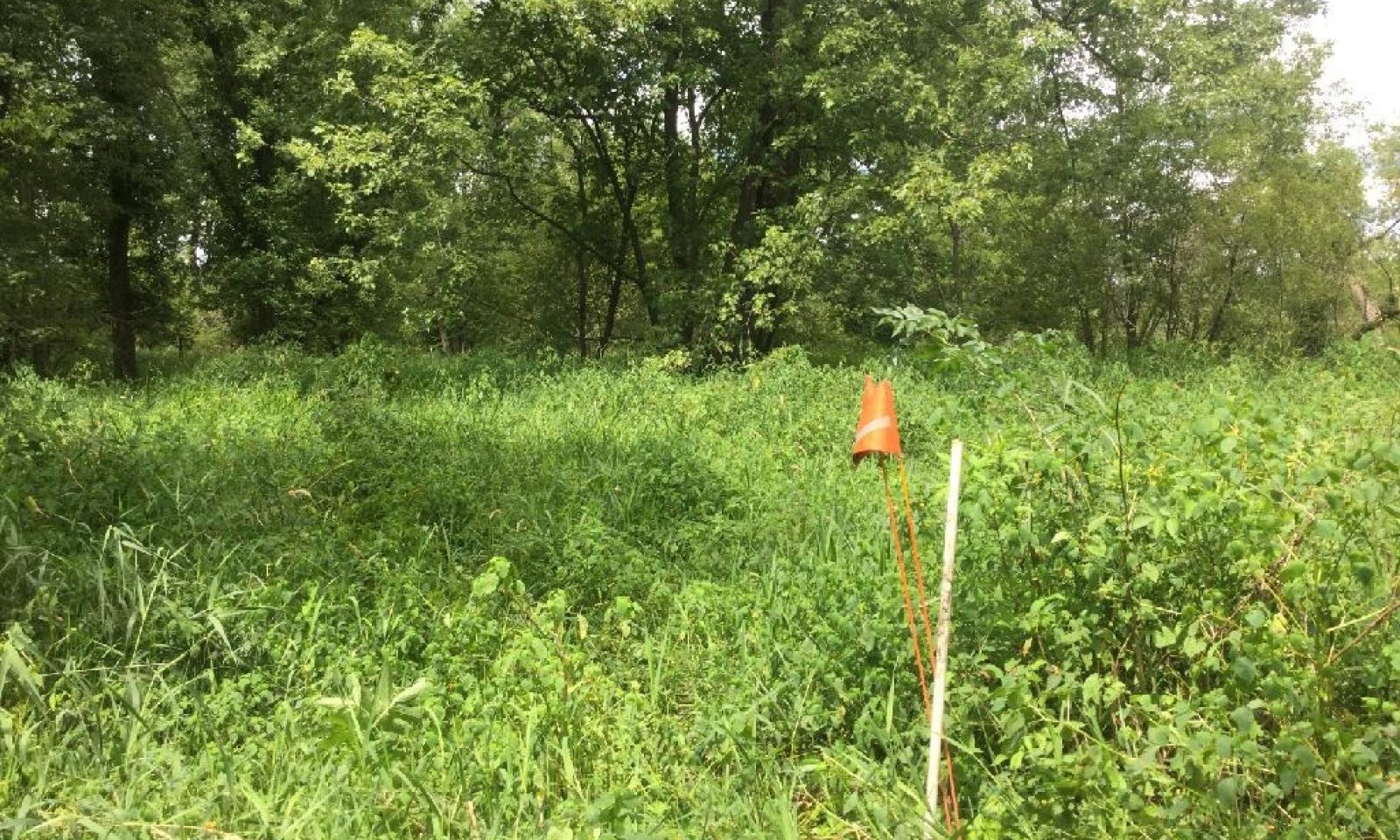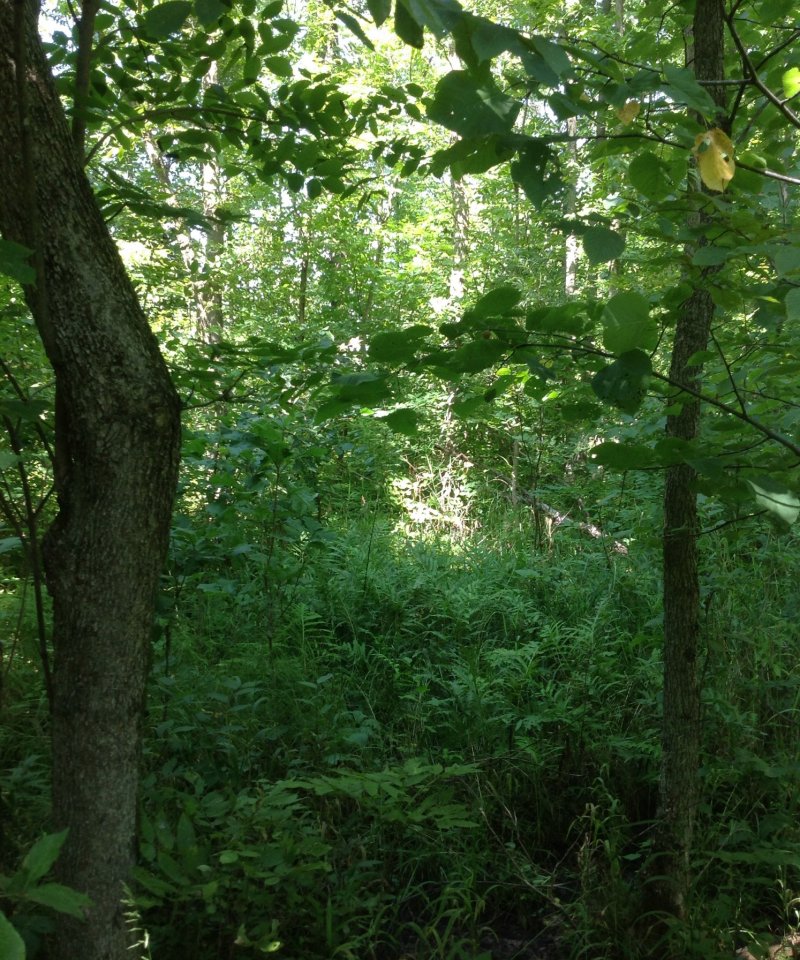
Wet Loamy-Clayey Lowland
Scenario model
Current ecosystem state
Select a state
Management practices/drivers
Select a transition or restoration pathway
-
Transition T1A
Stand replacing disturbance e.g., blow-down and fire, or clear-cutting followed by fire. Regeneration by natural seeding or planting.
More details - Transition T1B More details
-
Restoration pathway R2A
Fire control, time, natural succession.
More details -
Transition T2A
Grazing by livestock. Disruption of tree regeneration and ground vegetation.
More details -
Restoration pathway R3A
Removal of livestock from stands.
More details -
No transition or restoration pathway between the selected states has been described
Target ecosystem state
Select a state
Description
Reference state is a forest community dominated by black ash. Depending on disturbance history, two community phases can be distinguished largely by differences in dominance of tree species and community age structure.
Submodel
Description
Open State consists of two main community phases. Phases are primarily driven by frequency and duration of ponding events that allow or deter establishment of woody, less tolerant species.
Submodel
Mechanism
Major stand-replacing disturbance, such as a blow-down or clear cutting. Removal of canopy causes water table to rise. Sites have more frequent and longer duration of ponding events.
Mechanism
Elimination of forest cover and the application of agricultural practices, such as artificial drainage, tilling, and planting crops.
Mechanism
Decreased frequency and duration of ponding events. Seasonal ponding where surface water drains by midsummer. Recruitment of tree species e.g. black ash on localized mounds or high points.
Mechanism
Elimination of forest cover and the application of agricultural practices, such as artificial drainage, tilling, and planting crops.
Model keys
Briefcase
Add ecological sites and Major Land Resource Areas to your briefcase by clicking on the briefcase (![]() ) icon wherever it occurs. Drag and drop items to reorder. Cookies are used to store briefcase items between browsing sessions. Because of this, the number of items that can be added to your briefcase is limited, and briefcase items added on one device and browser cannot be accessed from another device or browser. Users who do not wish to place cookies on their devices should not use the briefcase tool. Briefcase cookies serve no other purpose than described here and are deleted whenever browsing history is cleared.
) icon wherever it occurs. Drag and drop items to reorder. Cookies are used to store briefcase items between browsing sessions. Because of this, the number of items that can be added to your briefcase is limited, and briefcase items added on one device and browser cannot be accessed from another device or browser. Users who do not wish to place cookies on their devices should not use the briefcase tool. Briefcase cookies serve no other purpose than described here and are deleted whenever browsing history is cleared.
Ecological sites
Major Land Resource Areas
The Ecosystem Dynamics Interpretive Tool is an information system framework developed by the USDA-ARS Jornada Experimental Range, USDA Natural Resources Conservation Service, and New Mexico State University.


